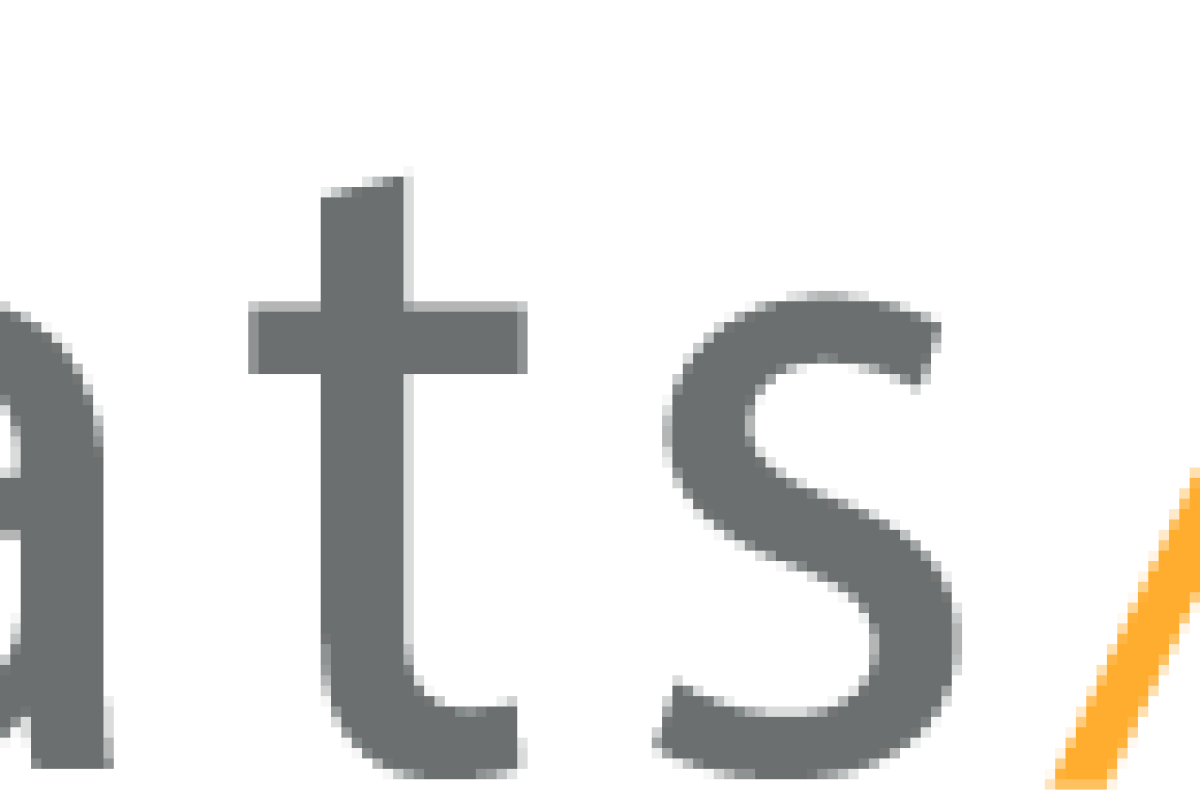How do you predict customer and client orders for Bakery and Fresh food? You know better local order predictions in Bakery and Fresh will mean better decisions centrally. But ,how do you improve your order forecasts for every location?
Let’s start by looking at what you’re doing right now. Do you predict by looking backwards? Perhaps a rolling average, last week’s orders from each customer, or a “guestimate” each time? There’s a word for that; it is naive statistical forecasting. You need to predict looking forward.
You wouldn’t work out your route to work based entirely on historical traffic would you?
History is a basis; what’s coming next is critical. But, have you thought about the weather in your predictions, your locations characteristics, or your competitors?
Your customer is responding to local changes in individual business demands from their clients. So, in order to understand demand that will come you, you need to understand your customers’ customers’ demand! It’s knowing what your customers will need – before they do.

Local predictions for each of your customers’ likely orders
Welcome to Hyper local demand predictions and the benefits of not just knowing what your customers want but also where and the day they actually need it!
The easiest way to explain how hyper local predictions work is by explaining how they are created. First thing you are going to need is AI capability (or catsAI) as your resident excel wizard just isn’t going to be able to replicate this on a spreadsheet.
1, Take your historical sales data (same as what you use today) and break it down into customers and SKU’s.
2, For each customer, create individual daily historical virtual business environments using other data sources (i.e. weather, holidays, festivals, local events, local competitor landscape….).
3, Overlay this with the historical daily SKU sales data and identify how the daily changes in each business environment resulted in changes to sales.
4, Identify where SKUs are reacting in a similar way to the same influencing factors to create clusters (this aids historical sales data gaps for newer products).
5, For each customer, create an individual daily future virtual business environment via other data sources (weather, holidays, festivals, local events, competitor landscape….)
6, Overlay the learnings from steps 3 and 4 with 5 to create a hyper local demand prediction at an SKU and customers level
7, Repeat daily
How do you get AI based order predictions?
Clearly there are a number of benefits obtained by knowing what, when and where customers’ needs are. But the current driver shortage has seen the same hyper local demand predictions used by the warehouse managers, to optimise inventory, now also being leveraged by the logistics manager due to the need to ensure that they are totally optimised not just by a daily route (as they were) but by coverage area across the whole week.
The good news is that catsAi.co.uk have made this horrendously difficult, expensive and bespoke process …
– cheap! From £300 per month
– easy! You can get AI predictions entirely by Excel.
– accurate! Better confidence in your predictions will mean better decisions.
So that everyone no matter how small or large their business is, can leverage the power of Hyper Local Demand Predictions.
Stuart Ware-Lane

